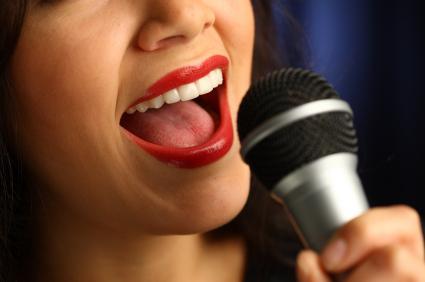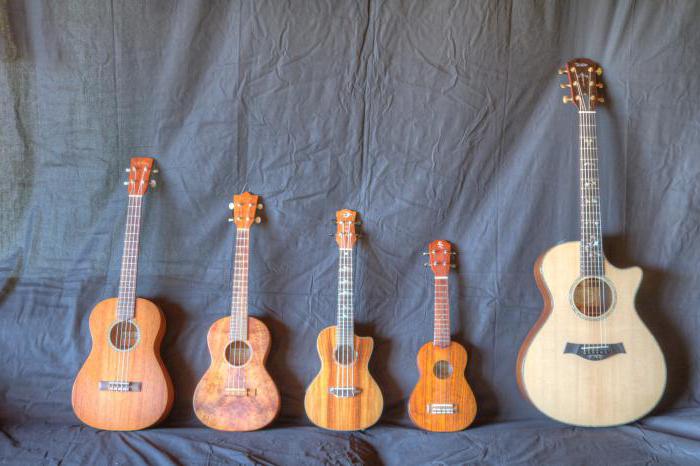The soprano is ... High female singing voice
Desdemona and Salome, Shamahanskaya queen andYaroslavna, Aida and Cio-chio-san, as well as many other operatic parts are written for soprano vocalists. This is the highest female singing voice, the range of which is two to three octaves. However, it can be so different! Let's try to figure out how this tall woman's voice is in its peculiarities.
What are the female singing voices?
The main types of women's voices are:
- contralto;
- mezzo-soprano;
- soprano.
Their main difference is the range of sound, as well as the timbre coloration, which includes such properties as saturation, lightness and strength of voice, individual for each performer.
So, the soprano is a high voice with a range of sounding at least two octaves, from Do first to third.
Kinds
In the traditions of the Russian music school, it is customary to distinguish the following three main types of soprano voices:
- coloratura;
- dramatic;
- lyrical.
In addition, there are two intermediate types of soprano - a lyrical-coloratura and lyric-dramatic. Let's understand what is the difference between all these species.
A voice with "decorations"
This is how you can call the highest femalevoice - coloratura soprano. He got his name due to the ability to easily perform coloratura - special vocal decorations. The model of the coloratura performance is Alyabyev's romance "The Nightingale", where the main theme of the work is played by them.
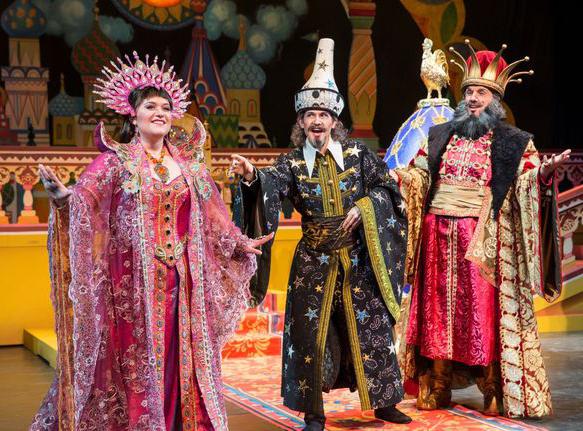
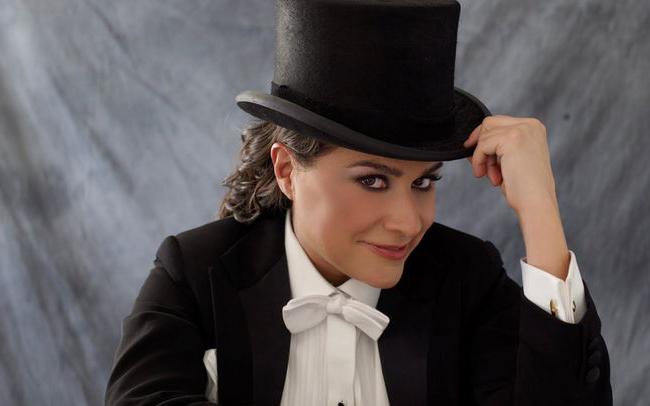
The dramatic soprano
A very rare voice, highly valued in the musicalworld, as the singer can perform almost any repertoire - from coloratura to mezzo-soprano. The voice is strong, "huge" in volume and richness of overtones, which allows him to easily make his way through the choir and orchestra. An unknowing person can easily confuse it with a mezzo-soprano. The downside of this beautiful and rich voice is that lyrical images and works are not obtained by all performers (due to the tragic coloring of the voice). You can hear dramatic soprano in such operatic parts:
- Abigail from "Nabucco" by G. Verdi;
- Aida and La Traviata from the same operas;
- Yaroslavna from "Prince Igor" Borodin and others.
This voice was amazing Maria Callas, as well as such famous operatic prima as Anita Cherkvetti, Astrid Varnay, Jesse Norman, Gena Dimitrova.
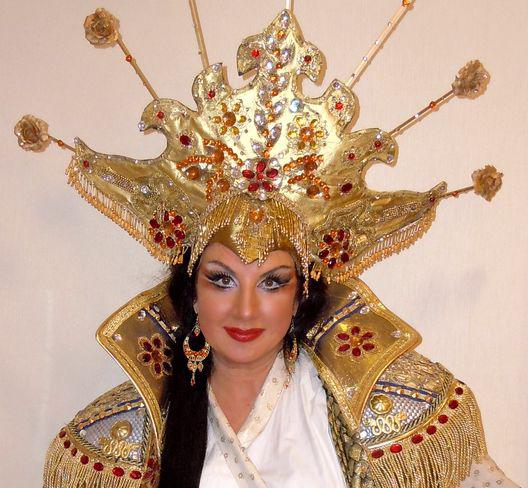
Lyrical soprano
This voice, which has a soft sound, is moreis compact and mobile, than a dramatic soprano. Use the lyrical soprano in operatic parts, where it is necessary to show warmth, affection and tenderness, for example, in Natasha Rostova's party from Prokofiev's War and Peace or Tatiana Larina from Eugene Onegin by P. Tchaikovsky. This gentle tone is possessed by Kiri Te Kanava, Tarja Turunen, Renee Fleming, Daniel DeNise, Amanda Roucroft, Cullen Esperian.

Lyrical coloratura soprano is a voice with a workerrange from Prior to the first phase of the third octave, characterized by the transparency of the timbre. Unlike the coloratura, this soprano has a more dense sound, which can be heard in the party of the Tsarina Volkhova from Sadko Rimsky-Korsakov or Antonina from Ivan Susanin by Glinka. The performers with this voice are given the roles of cheerful and playful young heroines, since dramatic "colors" are almost inaccessible to them and they express grief, pain, suffering or cruelty with lyrical means. Lyric-coloratura soprano was famous for Antonina Nezhdanova, Diana Petrinenko, Elizabeth Shumskaya, Galina Oleynichenko, Lyudmila Zlatova. Today Monserrat Caballe, Dilber Yunus, Elena Terentyeva, A. Solenkova perform the party for this vote.

Lyric-dramatic soprano, depending onpersonal data of the performer, can be both dramatic and lyrical. The images embodied on stage by singers with such voices are, as a rule, overwhelmed by passions and deep feelings. As a rule, these are young women or girls whose breadth of character can be shown by the powerful voice of the vocalist, as, for example, Kuma from "The Enchantress" by Tchaikovsky or Tamara from Rubinstein's "Demon". Quite often the lyrical-dramatic soprano is used to create images of older women or character comic roles. This type of voice is owned by Raina Kabaivanska, Galina Gorchakova, Teresa Stratas, Lydia Abramova and others.

